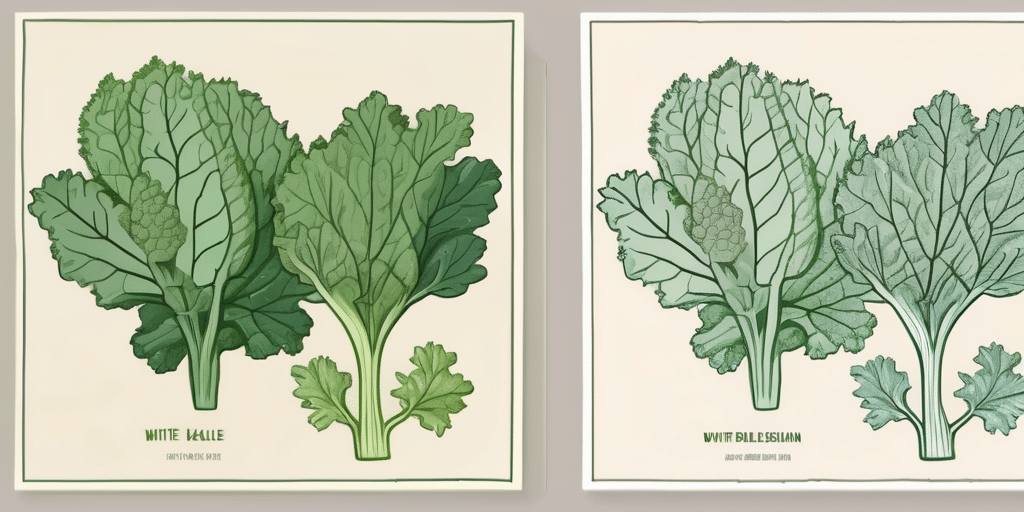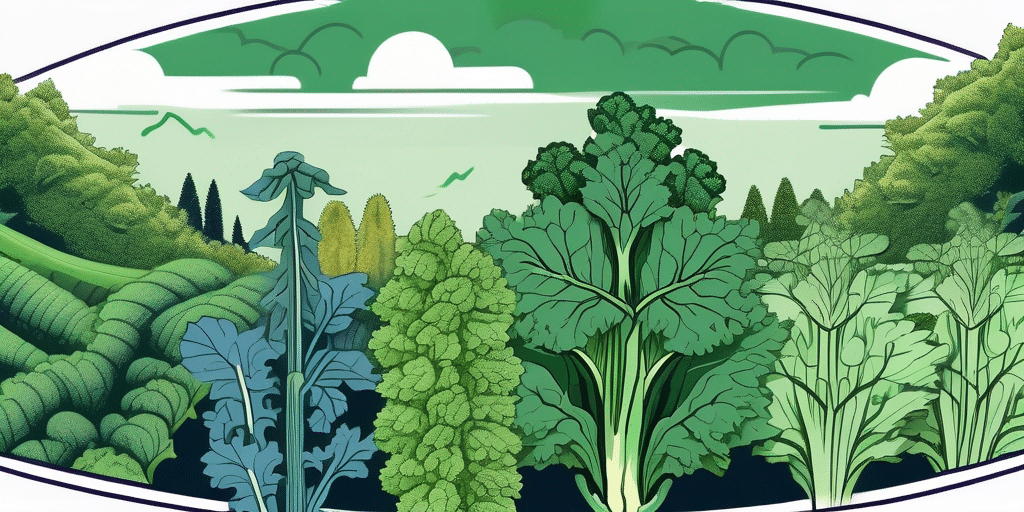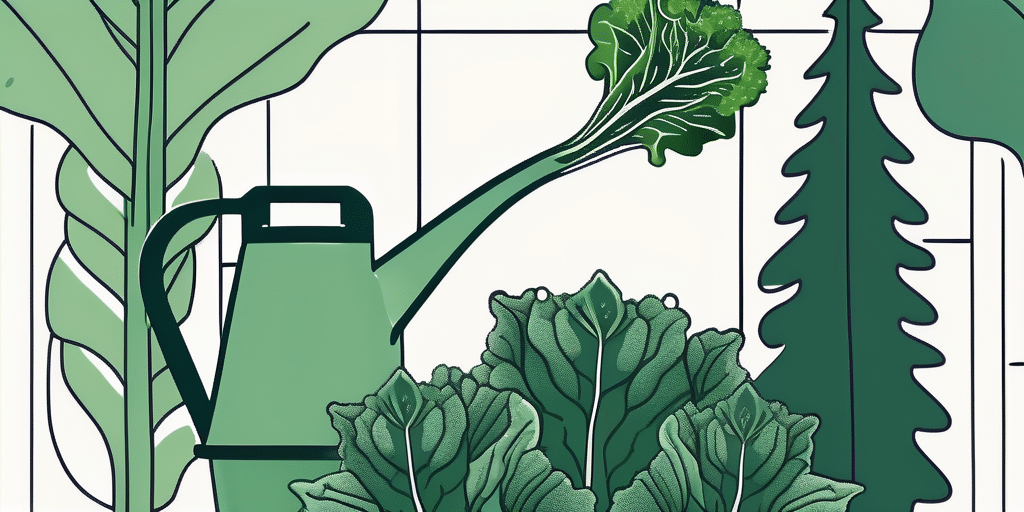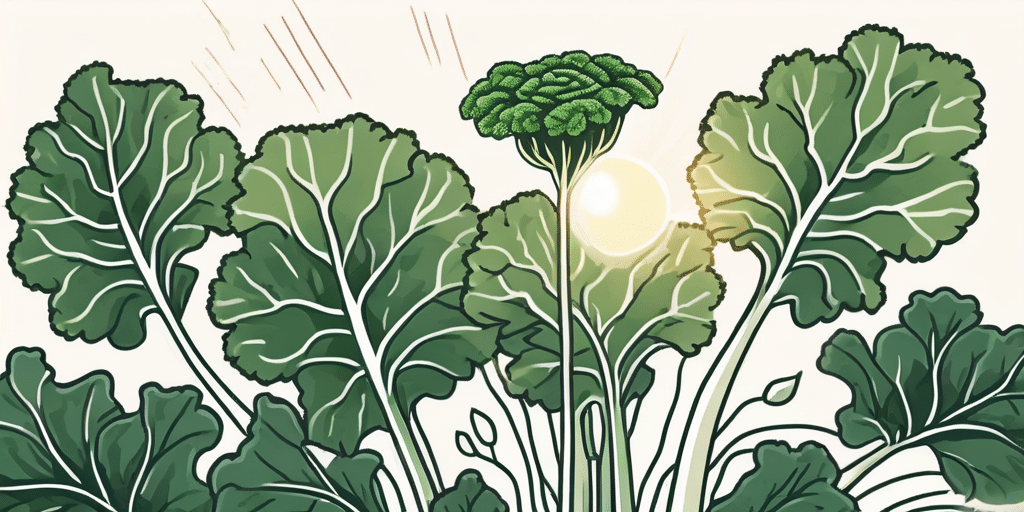Growing Red Ursa Kale can be a rewarding endeavor for both novice and experienced gardeners. This leafy green vegetable, known for its vibrant color and rich flavor, is a popular choice for home gardens. However, to achieve optimal growth and health, it’s essential to understand the proper fertilization techniques. In this guide, we’ll delve into the specifics of how to fertilize Red Ursa Kale effectively.
Understanding the Nutritional Needs of Red Ursa Kale
Before we delve into the specifics of fertilizing Red Ursa Kale, it’s crucial to understand its nutritional needs. Like all plants, Red Ursa Kale requires a balance of macronutrients and micronutrients to thrive.
According to the USDA, the primary macronutrients that plants need are nitrogen (N), phosphorus (P), and potassium (K). These nutrients are crucial for plant growth, energy production, and other vital functions.
Nitrogen (N)
Nitrogen is essential for leaf growth and development. It’s a key component of chlorophyll, the compound that plants use to convert sunlight into energy via photosynthesis. Red Ursa Kale, being a leafy green vegetable, requires a significant amount of nitrogen.
Phosphorus (P)
Phosphorus is vital for energy transfer and storage in plants. It plays a crucial role in photosynthesis, respiration, and other metabolic processes. It also contributes to the structure of DNA and RNA, making it essential for cell division and growth.
Potassium (K)
Potassium is necessary for several plant functions, including protein synthesis, water regulation, and disease resistance. It also helps in the activation of enzymes and in the opening and closing of stomata, the tiny pores on plant leaves that control water loss.
Choosing the Right Fertilizer for Red Ursa Kale
Now that we understand the nutritional needs of Red Ursa Kale, the next step is choosing the right fertilizer. There are many types of fertilizers available, each with its own set of benefits and drawbacks.
According to the Purdue University Extension, it’s best to choose a fertilizer that contains a balanced ratio of N-P-K for leafy green vegetables like Red Ursa Kale. A slow-release granular fertilizer with a ratio of 10-10-10 or 14-14-14 is often a good choice.
Organic vs. Inorganic Fertilizers
When choosing a fertilizer, you’ll also need to decide between organic and inorganic options. Organic fertilizers, such as compost or manure, are derived from plant or animal sources. They release nutrients slowly and improve soil structure over time. Inorganic fertilizers, on the other hand, are synthetically produced and release nutrients quickly.
Both types of fertilizers have their advantages. Organic fertilizers improve soil health and structure, promoting long-term plant health. Inorganic fertilizers, meanwhile, provide immediate nutrient availability, which can be beneficial in nutrient-deficient soils.
How to Fertilize Red Ursa Kale
Now that we’ve covered the basics of Red Ursa Kale’s nutritional needs and choosing the right fertilizer, let’s get into the specifics of how to fertilize your plants.
- Test your soil: Before you begin fertilizing, it’s a good idea to test your soil. This will give you an idea of its current nutrient levels and pH, helping you choose the right fertilizer and determine how much to apply.
- Apply the fertilizer: Once you’ve chosen your fertilizer, apply it to the soil according to the package instructions. Be careful not to over-fertilize, as this can harm your plants.
- Water your plants: After applying the fertilizer, water your plants thoroughly. This will help the fertilizer dissolve and make the nutrients available to the plants.
- Monitor your plants: Keep an eye on your plants after fertilizing. If they show signs of nutrient deficiency, such as yellowing leaves or stunted growth, you may need to adjust your fertilization routine.
Maintaining Soil Health
While fertilizing is crucial for Red Ursa Kale’s growth and health, it’s equally important to maintain the overall health of your soil. Healthy soil is rich in organic matter and beneficial microorganisms, which help to break down organic material and make nutrients available to plants.
One way to maintain soil health is through the use of compost. According to the Natural Resources Conservation Service, compost improves soil structure, increases water retention, and provides a slow-release source of nutrients. Adding compost to your garden can be a great way to boost soil health and improve the growth and health of your Red Ursa Kale.
Conclusion
Fertilizing Red Ursa Kale may seem complex, but with a little knowledge and the right tools, it’s a task that any gardener can handle. By understanding the nutritional needs of your plants, choosing the right fertilizer, and maintaining soil health, you can grow vibrant, healthy Red Ursa Kale in your home garden.
Join Our Green-Thumbed Community!
Ready to take your Red Ursa Kale to the next level? Subscribe for free to How to Grow Everything and turn your garden into the envy of the neighborhood. Receive tailored gardening advice that aligns with your unique grow zone, experience, and interests. Enjoy the best gardening tips, special offers, and insightful articles delivered directly to your inbox—no spam, just pure gardening gold. Join our family of passionate gardeners and learn How to Build The Garden of Your Dreams today!






